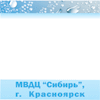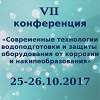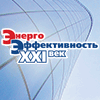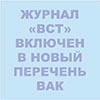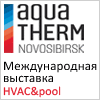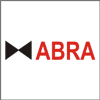|
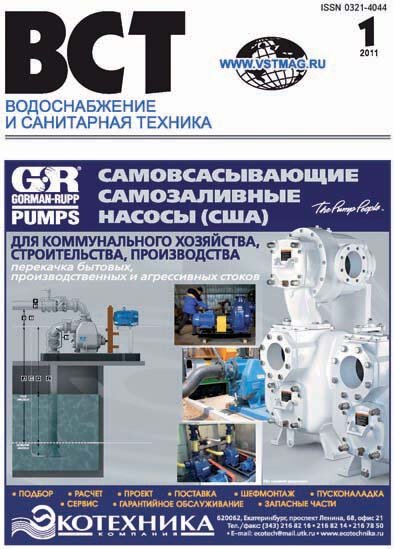
Number 1 / 2011
To download all number in format PDF (in Russian)(pdf)
Number maintenance (pdf) (doc)
Number abstract (doc)
Literature lists to articles (doc)
|
bbk 000000
DANILOVICH D. A.
Updating 2.04.02-84 «Water Supply. Outdoor Networks and Facilities» Construction Norms and Regulations (SNiP) and 2.04.03-85 «Wastewater Disposal. Outdoor Networks and Facilities» Construction Norms and Regulations (SNiP)
Read more ...
|
bbk 000000
UDC 628.3:658.26.004.18
DANILOVICH D. A.
Energy conservation and alternative power sources at the wastewater treatment facilities
Summary
Methods of improving power efficiency of the municipal wastewater treatment facilities and heat and electrical power generation with the use of renewable power resource of wastewater. The analysis of power conservation and generation in water supply and wastewater management shows that depending on the technical solutions applied the total balance of power consumption at the water and wastewater facilities can vary from the net electrical energy consumption of 4 MW per 100 000 m3 of wastewater/day to positive balance of 7,5–8 MW (owing to 16 MW power generated including 1 MW of electrical energy). The power consumption of two independent municipal wastewater treatment plants can differ more than 6 times.
Key words
treatment facilities , wastewater , sludge , energy efficiency , electric power , power consumption , biogas , water supply-sewerage services , heat pumps
Read more ...
|
bbk 000000
UDC 628.157.004.1
Shushkevich E. V.
Efficient control of water supply and distribution system of the Moscow megalopolis
Summary
The existing system of Moscow water supply is a comprehensive complex of engineering facilities that provide for uninterrupted supply of potable water to the city inhabitants. The main task of the system control is to assure delivering the required amount of high quality potable water alongside with maintaining optimal operation mode of all the water facilities. The main aspects of the efficient water supply control are as follows: predicting daily and hourly water consumption in the city; planning amount of delivery by the water treatment facilities; assuring operational control (of pressure, quality); computerizing control processes. Improving the efficiency of such a large-scale system may be possible only by investigating and introducing innovative solutions, integrated use of information technologies including GIS, modeling flow distribution in the water distribution network, and computerizing water delivery and distribution modes.
Key words
water supply system , water supply system , control arrangements , planning , computerization , development of information systems
Read more ...
|
bbk 000000
UDC 628.112:628.16.069
Zhoulin A. G., Belova L. V.
Carbon dioxide reduction in the ground waters in a baffled degasifier
Summary
The results of investigating carbon dioxide reduction in the ground waters of Tyumen Region in a bubble degasifier with horizontal baffles are shown. The efficiency of carbon dioxide removal is 70–75%. To intensify dissolved gas stripping a bubble degasifier design equipped with horizontal guide rails has been offered where the increase of the air utilization factor is ensured by modifications in the structure and route of air bubbles movement in water. Calculated relationships for determining the required number of baffles in the degasifier and residual concentration of carbon dioxide at 20 m/h countercurrent flow are identified. A nomograph for determining residual concentration of carbon dioxide together with procedure of designing the baffled degasifier are given.
Key words
deferrization , ground water , carbon dioxide , bubble type degasifier , baffled degasifier , desorbtion , specific air consumption
Read more ...
|
bbk 000000
UDC 628.3:504.05
Lerner А. D., Inchagov А. D.
On wastewater discharge limitations, maximum permissible concentrations and environmental charges
Summary
The justification of the wastewater discharge limitations has an influence on the economic status of the majority of water and wastewater companies and other water users. The inter-relations between the environmental law with regard to the limitation of wastewater discharges into the water bodies, and economic indicators of the water user performance are shown. The influence of a maximum permissible value on the discharge limitations has been evaluated. Some aspects of imposing limitations with regard to the environmental law have been considered. Contradictions between water project defense, development of environmental and water use legal relations within the frames of budget and tariff regulation are defined.
Key words
maximum permissible concentration , imposing limitations on wastewater discharges , discharge limitations , environmental charges , and economic mechanism of the water project defense
Read more ...
|
bbk 000000
UDC 628.349:661.63
KINEBAS A. K., NEFEDOVA E. D., PANKOVA G. A., Rublevskaya O. N., Pirogov A. G., Popova N. I., Klimenko A. I.
The experience of introducing the technology of chemical precipitation of phosphorus: from laboratory tests to industrial-scale operation
Summary
Meeting the latest recommendations of the Helsinki Baltic Marine Environment Protection Commission (HELCOM) calls for the introduction of advanced efficient methods of nutrients removal (mainly phosphorus) from municipal and industrial wastewater. Ferix-3 coagulant was chosen as a chemical. Industrial tests of chemical precipitation of phosphorus at the Kolpino, Kronstadt, Metallstroy settlement wastewater treatment facilities, as well as at the Central wastewater treatment plant, South-West wastewater treatment facilities and North wastewater treatment plant of St.-Petersburg are discussed. Chemical injection points and dosages for additional chemical dephosphorization were chosen depending on the treatment technology, automation level, wastewater composition, stability and irregular incoming flow rate.
Key words
sewerage treatment facilities , HELCOM recommendations , municipal and industrial wastewater , laboratory tests , industrial-scale tests , chemical injection points , dosing
Read more ...
|
bbk 000000
UDC 697.317.2
Petrov D. Yu.
Investigating the dynamic mode of a heating system operation
Summary
Main specifications of the hydraulic mode of the advanced heating systems are given. The standard hydraulic calculation does not provide for the complete amount of information on the heating system operation. Accordingly a mathematic instrument (software-model) was developed to calculate a hydraulic circuit of an advanced heating system in a transit mode of operation. Hydraulic calculations of the two heating systems of similar structure, however, equipped with different balancing fittings were carried out. Typical tendencies of the system active elements operation were analyzed. Recommendations on specific use of the control valves were formulated.
Key words
flow rate , pressure drop , hydraulic condition , heating system , resistance characteristic , thermostatic control valve , balancing valve
Read more ...
|
|
